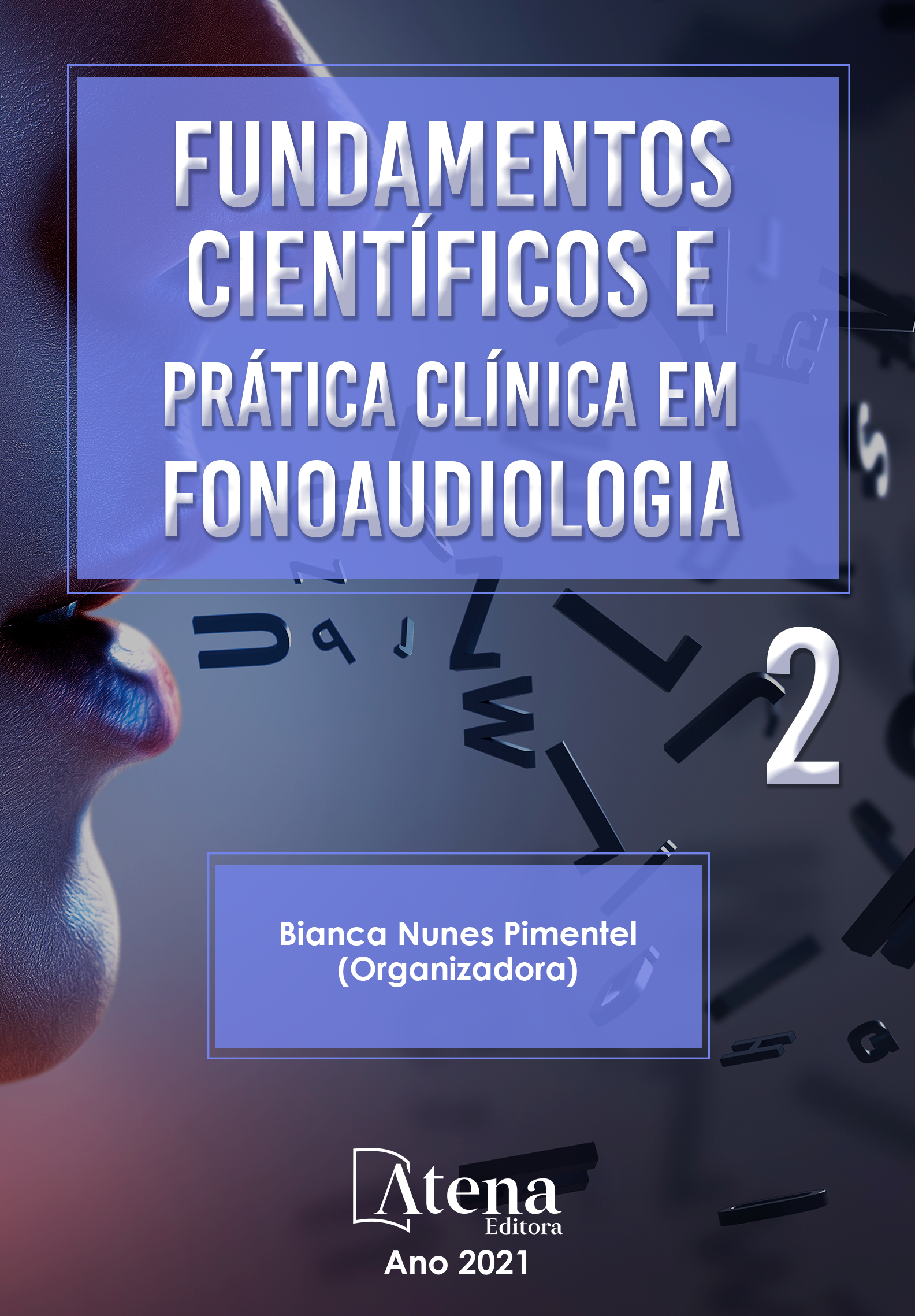
O QUE DIZ A LITERATURA SOBRE OS ACHADOS AUDIOLÓGICOS EM CRIANÇAS COM MICROCEFALIA POR ZIKA VÍRUS CONGÊNITO: UMA REVISÃO INTEGRATIVA
No Brasil, em 2015, houve um grande aumento de notificação de Microcefalia coincidindo com um número crescente de casos de infecção por Zika vírus. Após investigações clínicas e cientificas, foi evidenciado que quando contraído durante a gestação, o vírus pode ocasionar diversas consequências aos recém-nascidos, como malformações congênitas, sendo a principal delas a microcefalia, acometimentos ao neurodesenvolvimento, além de malformações do sistema auditivo e afecções nas vias auditivas neurais. Diante do exposto, o estudo objetiva revisar os achados audiológicos em crianças com microcefalia por Zika Vírus congênito. Trata-se de uma revisão integrativa realizada de junho a julho de 2020, com a seguinte pergunta condutora: Quais os achados audiológicos mais comuns em crianças com microcefalia por Zika vírus congênito? O estudo foi produzido por meio de busca em bases de dados: Pubmed; Web of science; Science direct; Scielo e Lilacs. Os descritores foram selecionados através do MeSH, sendo formada a estratégia de busca: microcephaly AND newborn OR infant AND Zika vírus OR ZIKV AND hearing test OR test, hearing OR audiometry OR potential evoked, auditory. Considerando os descritores utilizados e a aderência dos estudos aos critérios de inclusão, foi realizada a leitura do título, resumo e manuscrito completo. Foram identificados 236 estudos nas bases de dados, sendo selecionados doze artigos a partir da leitura do título e resumo, dos quais restou um total de seis artigos lidos na íntegra e incluídos na revisão. Os artigos incluídos apresentaram resultados dos exames de Potencial evocado auditivo de tronco encefálico, emissões otoacústicas e timpanometria, utilizados para avaliação auditiva nas crianças com microcefalia. A maioria delas tinha idade entre quinze dias e seis anos, sendo mais comumente encontradas: alterações auditivas (perda auditiva sensorioneural) e também falha na triagem auditiva neonatal. Assim, conclui-se que o comprometimento auditivo na microcefalia pode ser encontrado desde os primeiros dias de vida ou se desenvolver tardiamente, sendo necessário realizar avaliações perinatais e monitoramento audiológico nos primeiros anos de vida.
O QUE DIZ A LITERATURA SOBRE OS ACHADOS AUDIOLÓGICOS EM CRIANÇAS COM MICROCEFALIA POR ZIKA VÍRUS CONGÊNITO: UMA REVISÃO INTEGRATIVA
-
DOI: 10.22533/at.ed.8622113057
-
Palavras-chave: Microcefalia, Zika vírus, Audição, Achados Audiológicos
-
Keywords: Microcephaly, Zika virus, Hearing, Audiological Findings
-
Abstract:
In Brazil, in 2015, there was a large increase in Microcephaly reporting, coinciding with an increasing number of cases of Zika virus infection. After clinical and scientific investigations, it was evidenced that when contracted during pregnancy, the virus can cause several consequences to newborns, such as congenital malformations, the main one being microcephaly, impairments to neurodevelopment, in addition to malformations of the auditory system and diseases in neural auditory pathways. Given the above, the study aims to review the audiological findings in children with microcephaly due to congenital Zika virus. This is an integrative review carried out from June to July 2020, with the following guiding question: What are the most common audiological findings in children with microcephaly due to congenital Zika virus? The study was produced by searching databases: Pubmed; Web of science; Science direct; Scielo and Lilacs. The descriptors were selected through MeSH, and the search strategy was formed: microcephaly AND newborn OR infant AND Zika virus OR ZIKV AND hearing test OR test, hearing OR audiometry OR potential evoked, auditory. Considering the descriptors used and the adherence of the studies to the inclusion criteria, the title, abstract and full manuscript were read. 236 studies were identified in the databases, with twelve articles selected from reading the title and abstract, of which a total of six articles were read in full and included in the review. The included articles presented results of tests of brainstem auditory evoked potential, otoacoustic emissions and tympanometry, used for auditory evaluation in children with microcephaly. Most of them were aged between fifteen days and six years old, being most commonly found: hearing disorders (sensorineural hearing loss) and also failure in neonatal hearing screening. Thus, it is concluded that the auditory impairment in microcephaly can be found from the first days of life or develop late, being necessary to carry out perinatal evaluations and audiological monitoring in the first years of life.
-
Número de páginas: 13
- DIANA BABINI LAPA DE ALBUQUERQUE BRITTO
- FERNANDA DAS CHAGAS ANGELO MENDES TENORIO
- LILIAN FERREIRA MUNIZ
- LAÍS CRISTINE DELGADO DA HORA
- MARCIA MARCELLE VASCONCELOS SANTOS
- JÉSSICA DAYANE DA SILVA
- ANNA MARIA DE LIRA CABRAL
- MÔNYKA FERREIRA BORGES ROCHA
- DANIELLE SAMARA BANDEIRA DUARTE
- MARINA MAYRA DE LIMA MOTA


